Healthy Debate: Listening to communities is essential as we move forward
Published on Healthy Debate | Written by Sophia Ikura and Dr. Jasmine Pawa
As communities plan for the next phase of our “new normal,” many are turning to neighbourhood-level data for strategies to decrease COVID-19 transmission while simultaneously resuming the economic and social activities that underpin our society.
This delicate balancing of interests at the interplay of public health, health care and economics is nuanced and subjective. We know that some communities have been disproportionately impacted by not only the virus but also the unintended consequences of containment strategies. For instance, Toronto has released data showing that lower-income neighbourhoods have higher rates of COVID-19 than higher-income areas. These neighbourhoods may also have a higher proportion of people working in frontline and essential services that do not allow them to work from home. Oftentimes, these jobs are precarious and without the sick leave or benefits that would help workers stay home. For many, a two-week quarantine could put their employment, housing, food security and other necessities at risk.
To address the challenges, communities must be provided with the resources to ensure people are able to participate in recovery campaigns. Municipal and public health teams have offered some examples of responsive and flexible recovery strategies, such as walk-in and mobile testing options, elevating the role of peer managers, and developing coordinated food, funding and relief resources.
While not easy, we have choices to support community leadership and align public health, health care and municipal efforts behind a community recovery strategy that is safe and productive for all of its residents. Governments, policymakers and healthcare institutions are not in a position to guess what is needed for communities that have been historically marginalized.
Once strategies are developed, communication on the how and why of containment efforts also must be created in a way that is mindful of the history and negative experiences community members may have had in sharing personal information with government institutions. It is against the backdrop of an already inequitable society that stigma and discrimination could grow when maps are released showing neighbourhoods with higher rates of positive cases. It is not that the data should not be shared but that data ownership and governance over how information is shared matters.
Collaborating with communities also helps ensure that we do not risk thinking of them as blank canvases but rather understand that they are rich tapestries of local solutions containing vibrant networks that carry information, support and resources to community members. But many of these networks are strained with resources stretched ever tighter by the pressures of concurrent health and social crises.
We will not be able to recover effectively without understanding these differences and accessing these insights. The decisions we make now – where we spend money, who we involve and how much time we take to partner – are conscious choices that will impact how we recover.
The pandemic has presented an opportunity to do things differently. Let’s set our sights on a recovery plan that can build resilience and elevate the voices of community leaders while strengthening community connections.


